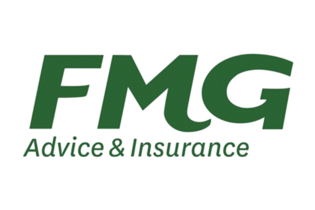What is risk-based insurance pricing?
How flood risk can influence insurance costs for homeowners.

Tower insurance assesses each property for how likely it is to flood, either from a river bursting its banks or heavy rain. The higher the risk, the more expensive your insurance premium.
Since the Auckland flood and Cyclone Gabrielle, Tower has also put in place a “manual risk selection” for landslide risks. This means, for new customers, if your home is at risk of a landslide, you’ll need to provide additional information to get cover.
Later this year, Tower plans to add risk-based pricing to premiums for landslides and coastal risks.

Risk assessment: community vs individual
While all insurance premium prices are based on risk, most other insurers in Aotearoa spread that risk – and the cost – across the community. Tower’s approach is based on the risks at individual properties.
For some homeowners, this approach will mean cheaper premiums. Tower told us that 90% of its customers got a cheaper flood portion of their premiums. Those who got price increases were able to find insurance elsewhere.
What happens if all insurers decide to bring in individual risk-based pricing?
If your home is assessed as high risk of flood, and house insurance premiums become unaffordable, it could leave you in a precarious situation if disaster strikes.
If all insurers move to individual risk-based pricing, it’s unlikely shopping around will bring the price of the premium down.
In the worst-case scenario, you may not have your largest asset insured and still have a mortgage. It’s likely to impact the value of your home, too.
While none of the other insurers we monitor for our house and contents insurance survey said they are following Tower’s lead, if they did, there may be few options for some homeowners to insure their largest asset.
Why do insurers base risk on individual properties?
Insurers have access to detailed data about where flood events are likely to happen, which means they can assess risk house-by-house.
Combined with increasing severe weather events that are hitting insurers in the pocket, risk-based pricing is becoming a more attractive option.
The Insurance Council of NZ reported earlier this year that claims from the Auckland flood and Cyclone Gabrielle came to $2.47 billion.
At the moment, insurers foot the bill for flood damage to homes, while for some other natural disasters, the Earthquake Commission (EQC) subsidise claims.
While EQC will pay for some flood and landslide damage for residential land, it won’t pay for damage to the home (unless the landslide goes into the home).
What’s the government doing?
Because of risk-based pricing and the increasing risks due to climate change, the government is investigating whether it should intervene in the insurance market.
Treasury is leading the investigation. It told us Ministers “are still actively considering the advice” it received from them. However, there is no deadline for the release of an update.
Given the rising insurance costs for householders, we would like to see more urgency in finding a solution.
We've tested 8 house and contents insurance.
Find the right one for you.



Member comments
Get access to comment